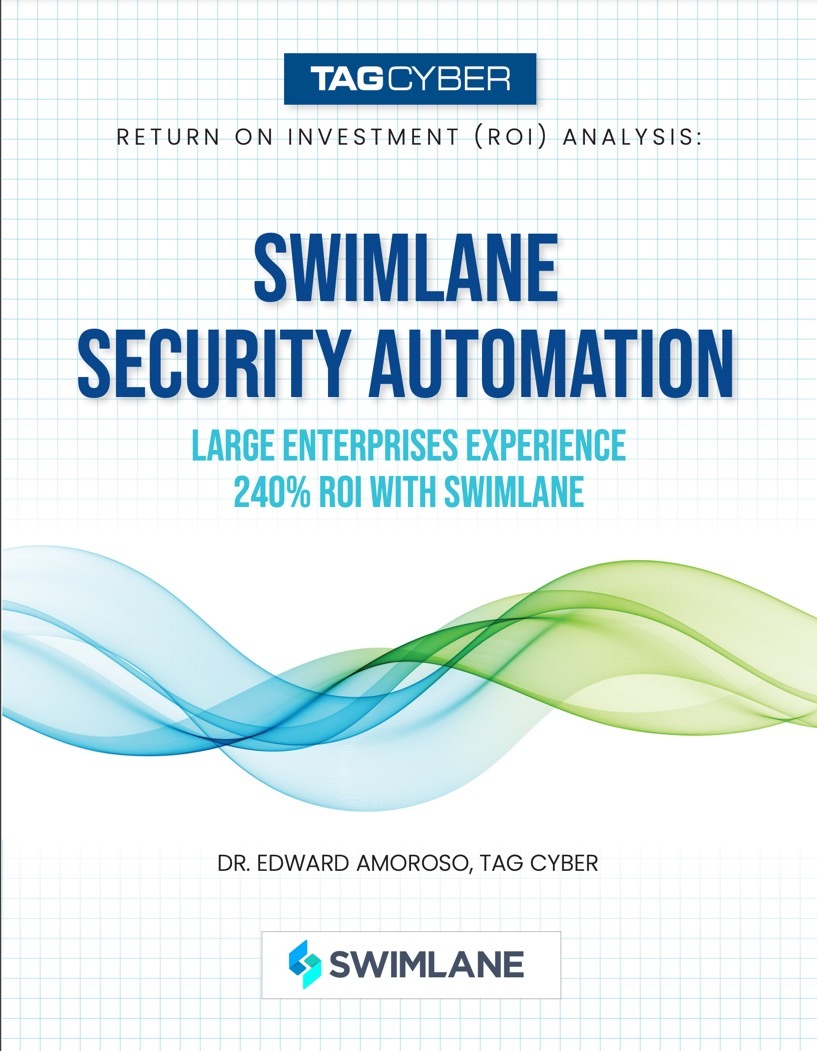In a Security Operations Center (SOC), security professionals have the tough job of monitoring, detecting, analyzing, and investigating cyber threats. They are responsible for maintaining the security posture of an organization through thorough threat detection and incident response. But, by leveraging various security tools and advanced technologies, SecOps jobs can be made easier. This is where SOC automation comes in: the proactive approach organizations use to stay one step ahead of potential security incidents and minimize the impact of cyber threats on their operations.
However, a lot goes into building a modern SOC, so let’s explain why you should and how you can use SOC automation to safeguard your organization.
What is SOC Automation?
Security Operations Center (SOC) Automation refers to the use of specialized platforms that automate various aspects of the security operations to streamline processes and optimize workflows for better efficiency and accuracy. These automation platforms leverage technologies such as artificial intelligence, data analytics, and predefined rules to process large volumes of alert data, leading to improved threat detection capabilities.
Why SOC Automation Matters
Embracing automation is vital to staying ahead of evolving cyber threats, speeding up human tasks and protecting critical assets. But automation doesn’t aim to replace human tasks, like security analysis or response, a low code security automation platform focuses on relieving SOC analysts of repetitive tasks, allowing them to focus on more strategic and complex security issues. Its other goal is to optimize security workflows, ultimately leading to a more robust and proactive security posture.
The Benefits of SOC Automation
Now we know what it is and why it matters, let’s discuss in more detail the specific benefits of SOC automation:
- Execute Repetitive Tasks
Firstly, SOC automation solutions, like Swimlane’s AI-enabled low-code automation platform, alleviate SecOps teams from those mundane and repetitive tasks, such as responding to phishing alerts, SIEM and EDR alert triage. And, with huge volumes of these alerts coming in daily, there is always some risk a human analyst might let one slip through the cracks; automation can help prevent this.
Moreover, as organizations struggle to find and retain skilled cybersecurity professionals, automation bridges the gap. These efficiency gains allow the existing workforce to focus on the more complex, strategic aspects of cybersecurity, making the best use of available expertise.
- Efficiently Solve the Toughest Challenges
As mentioned, SOC analysts within SecOps teams work in high-pressure environments with many roles and responsibilities. Low-code security automation enables your teams to solve the toughest challenges efficiently. We’ve seen SecOps overachieve SOC KPIs and maximize company-wide ROI by leveraging security automation for SecOps, Fraud, OT, Cloud, Compliance, Audit and more.
- Improve Security Metrics
Next, SOC automation significantly improves SecOps performance metrics. SOAR platforms streamline threat detection processes and reduce Mean Time to Detect (MTTD) by swiftly identifying potential security incidents. Workflows are also expedited in handling security events, leading to a notable decrease in Mean Time to Respond (MTTR). Additionally, automation minimizes dwell times, the duration attackers remain undetected within a network, by enabling rapid analysis and response to security threats.
- Maintain Best Practices
Certain security automation solutions help teams maintain SOC best practices. This includes ensuring visibility across the entire network, utilizing comprehensive threat intelligence, machine learning and more.
- Manage Critical SOC Processes
Lastly, a low-code security platform’s most common use is to address critical tasks in the SOC.
What are the key processes of the SOC? These are just some of the tasks involved and how automation can assist:
- Alert Triage: Automation helps process and prioritize alerts, distinguishing between false positives and potential threats.
- Threat Detection and Analysis: Automation enhances the speed and accuracy of threat analysis, identifying potential security incidents in real-time.
- Incident Response: Automated workflows help initiate and execute necessary incident response actions swiftly, reducing response times.
- Vulnerability Management: Automation can scan for vulnerabilities, prioritize them based on risk, and even apply patches or remediate vulnerabilities without human intervention.
- Log Management and Analysis: Automated tools can collect, sort, and analyze logs from various sources to detect potential security breaches.
- Threat Intelligence Processing: Automation can ingest threat intelligence feeds, correlate them with internal security data, and provide actionable insights for threat hunting and prevention.
- Compliance Monitoring: Automation can continuously monitor systems and networks for compliance with security policies and regulatory requirements, generating reports and alerts when deviations occur.
Numerous tools for each of these critical processes can be difficult to find, integrate and manage. Luckily Swimlane Turbine is a SOC force multiplier. It is the tool that can meet each organization’s unique needs by executing these critical, manual tasks at machine speed and integrating all important tools and use cases.
Use Cases to Automate in Your SOC
Your automation platform should be capable of assisting with these critical tasks by implementing use cases such as phishing triage, incident response, SIEM triage, threat hunting, and EDR alert triage. Swimlane Turbine, the solution that can execute 25 million actions per day, ten times faster than any other platform, provider or technology, addresses all of these use cases:
Phishing Triage: Phishing attacks are notoriously effective due to the high volume of alerts, false positives, and the time-sensitive nature of these attacks. Swimlane Turbine can automatically block phishing attempts and filter false positives, which can save time and prevent security breaches.
Incident Response: With Swimlane Turbine, security teams can address every alert in seconds, reducing the risk exposure to the organization. This is significantly faster than traditional manual analysis, which can take days.
SIEM Triage: Swimlane Turbine helps organizations keep up with the overwhelming volume of SIEM alerts and accelerate responses so that no threat goes unnoticed.
Threat Hunting: Swimlane Turbine proactively searches for and identifies new risks with cyber threat hunting, which is essential for effective security.
EDR Alert Triage: Manually researching EDR alerts and executing endpoint actions can be time-consuming and ineffective. Swimlane Turbine can address all endpoint security-related alerts in a manner that is impossible for humans alone.
Embrace Automation in Your SOC with Swimlane Turbine
Now, we know automation in the SOC is crucial; it’s time to take action and implement the best security tool. And a platform like, Swimlane Turbine is the only choice if you want to secure your operations efficiently.

Calculate your ROI with Swimlane Turbine
To help companies evaluate the potential financial impact of the potential investment, TAG Cyber conducted an extensive study on the Swimlane Security Automation Solution.

